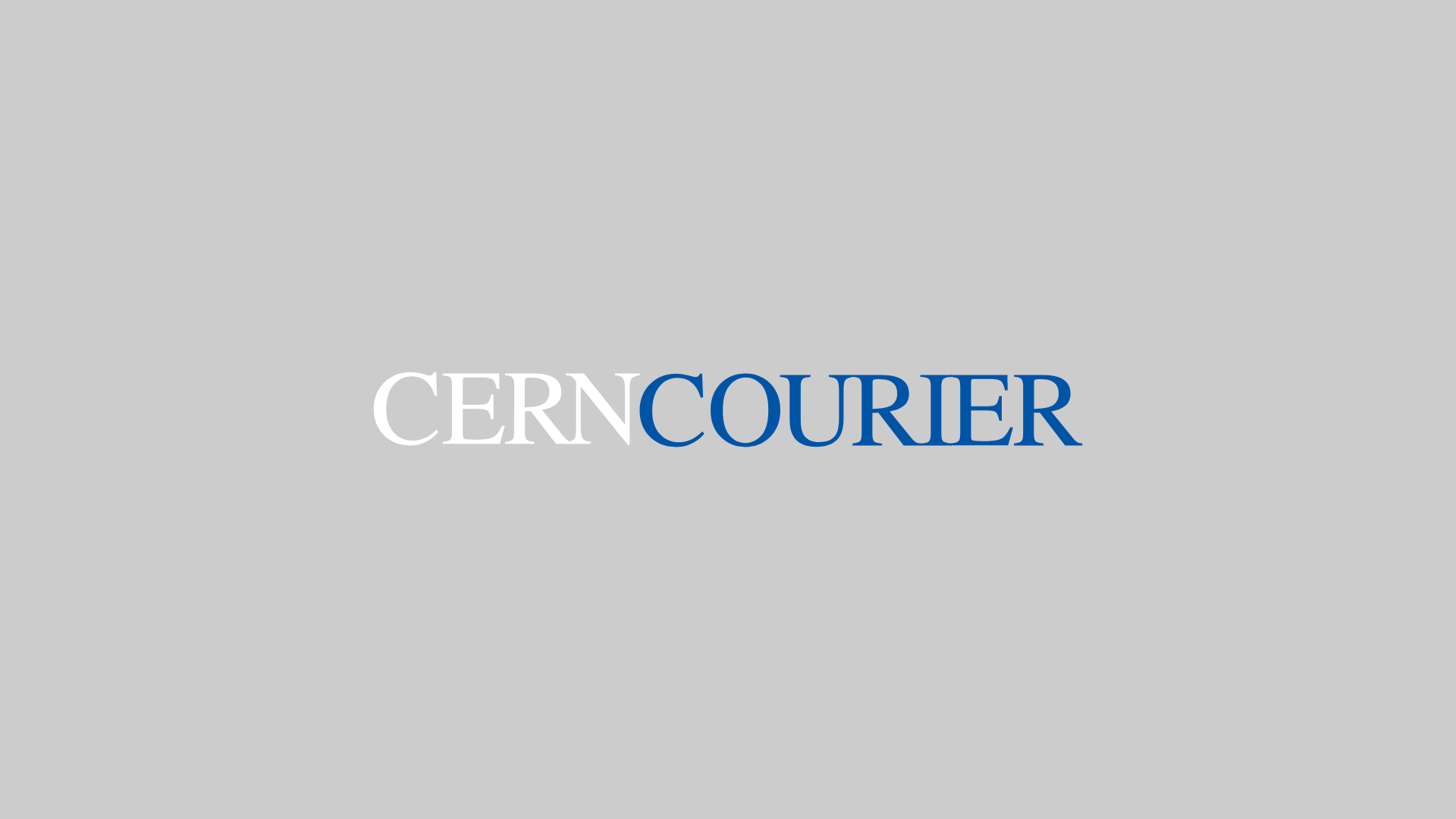 Read article 'Cosmology not constant'
Read article 'Cosmology not constant'
Cosmology not constant
A simulation of the evolution of the universe suggests that it is expanding at an accelerating rate. This is more evidence for the existence of Einstein’s cosmological constant a kind of ...






